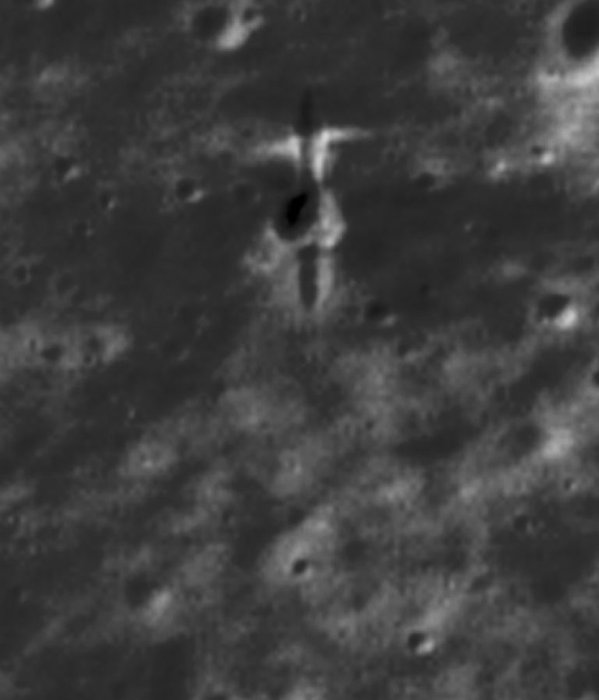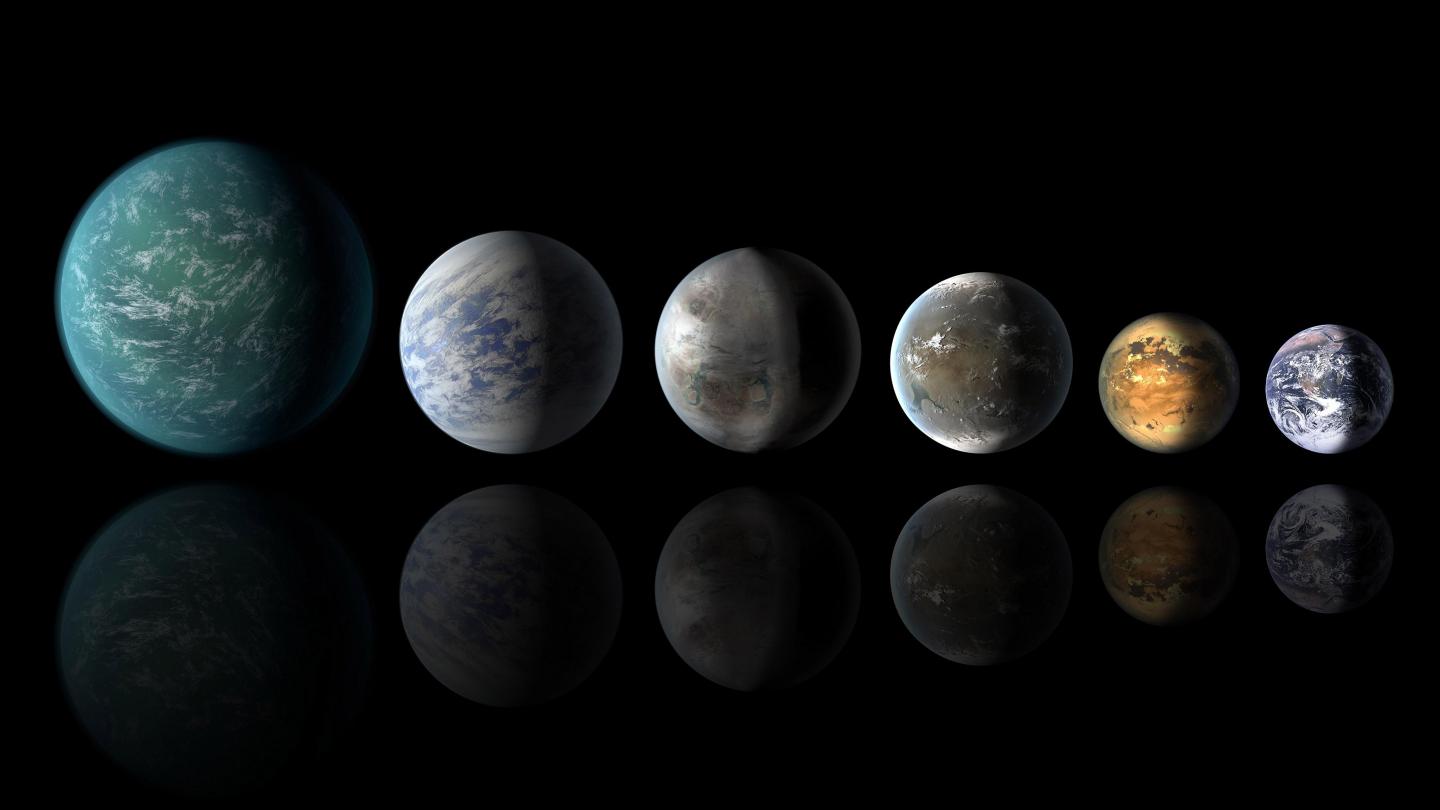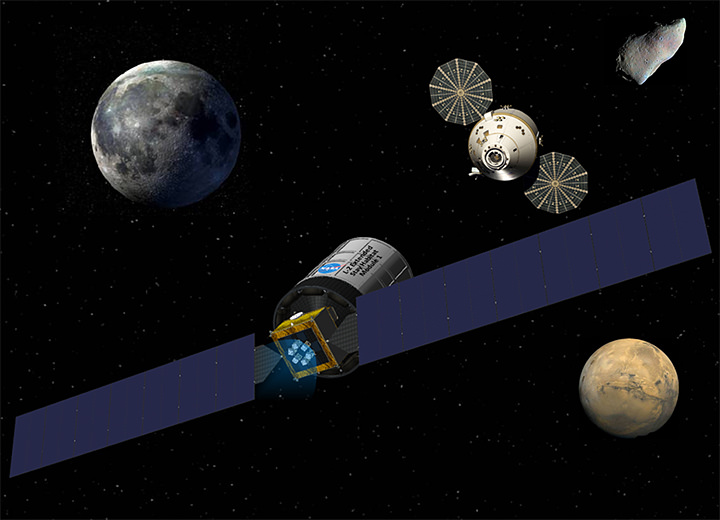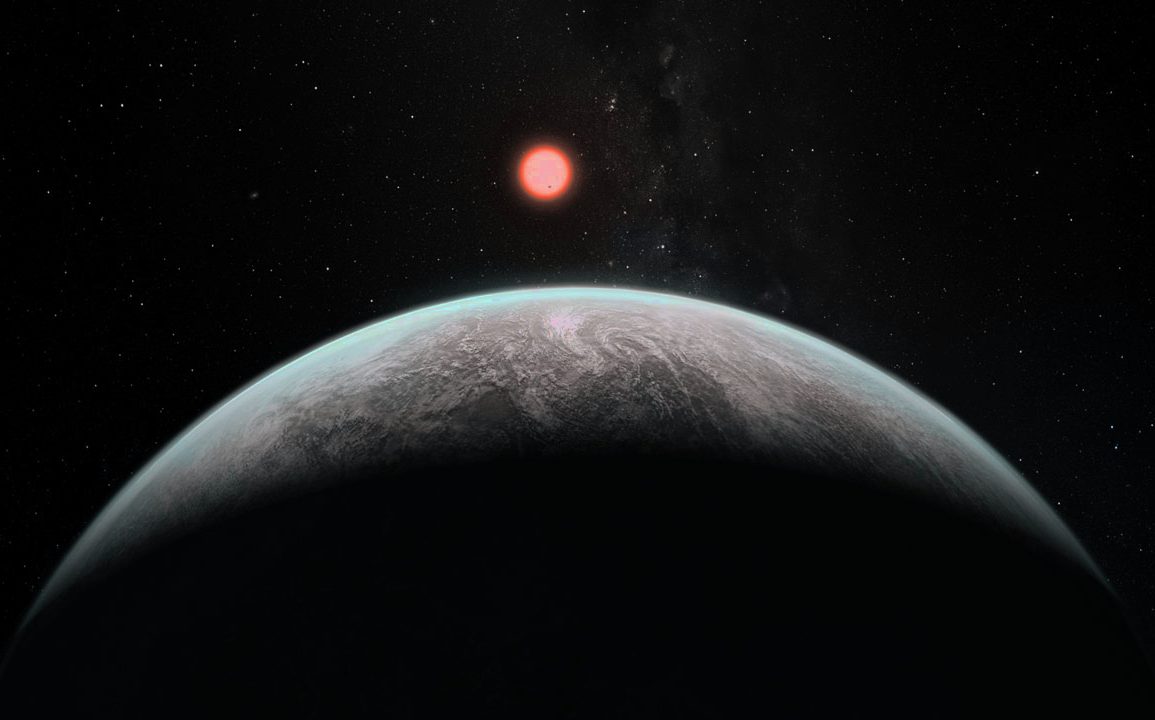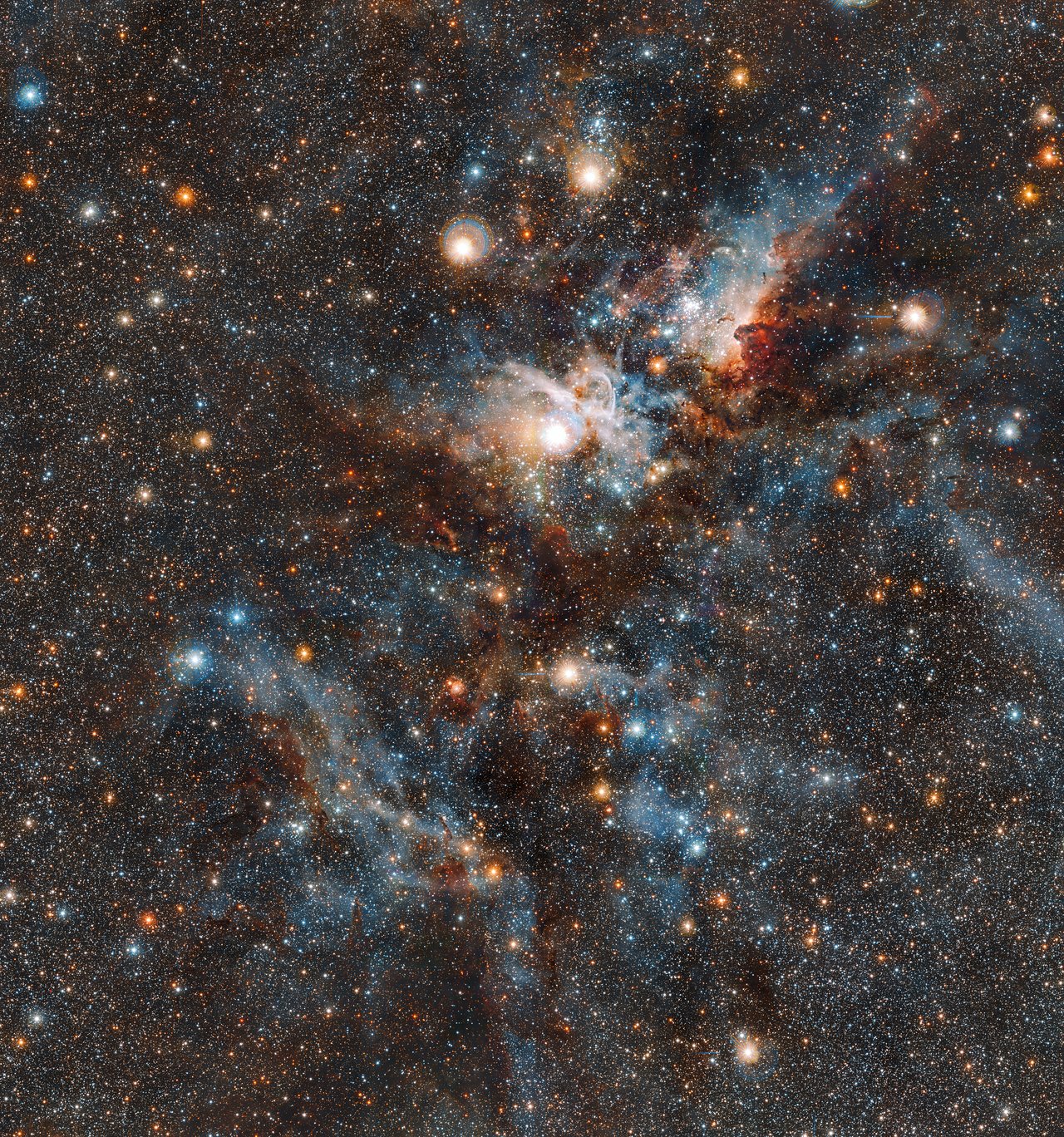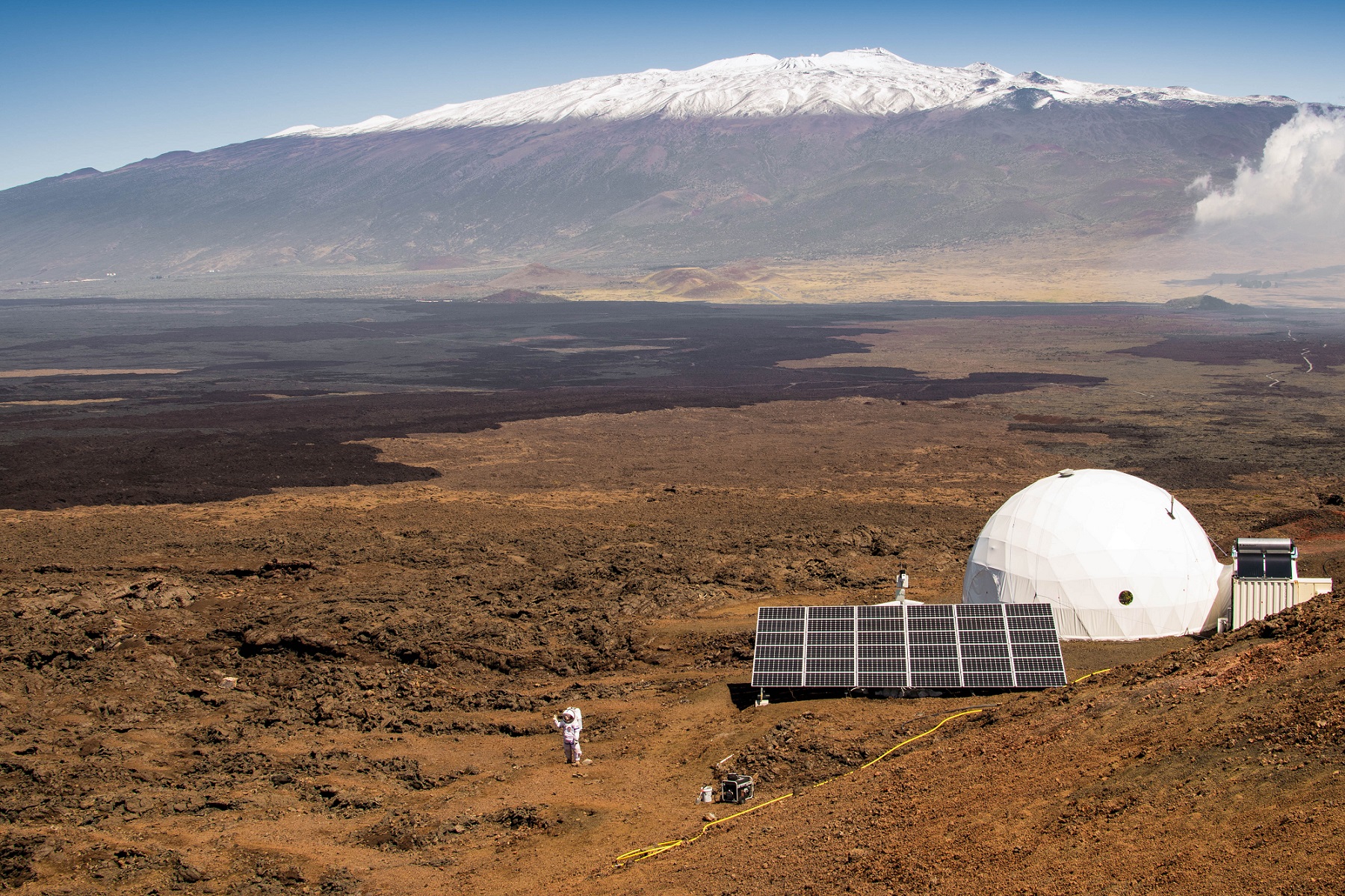In 2003, the European Space Agency (ESA) launched the Small Missions for Advanced Research in Technology-1 (SMART-1) lunar orbiter. After taking 13 months to reach the Moon using a Solar Electric Propulsion (SEP) system, the orbiter then spent the next three years studying the lunar surface. Then, on September 3rd, 2006, the mission came to an end as the spacecraft was deliberately crashed onto the lunar surface.
While the bright flash that this created was captured by observers using the Canada-France-Hawaii Telescope in Hawaii, no other spacecraft were in orbit at the time to witness it. As a result, it has been impossible for over a decade to determine precisely where SMART-1 went down. But thanks to images captured last year by NASA’s Lunar Reconnaissance Orbiter (LRO), the final resting place of SMART-1 is now known.
Continue reading “This is the Exact Spot that ESA’s SMART-1 Crashed Into the Moon in 2006”

